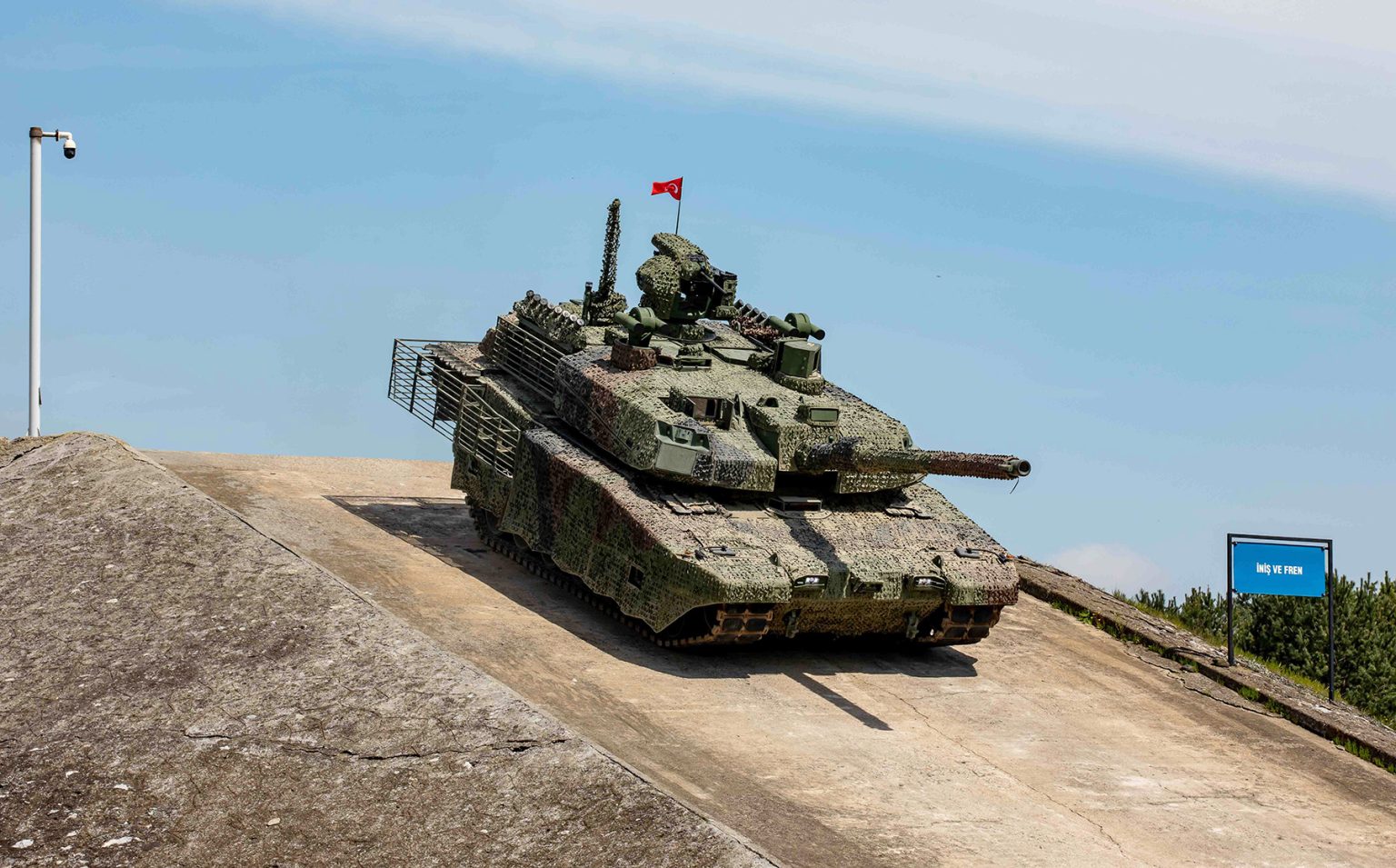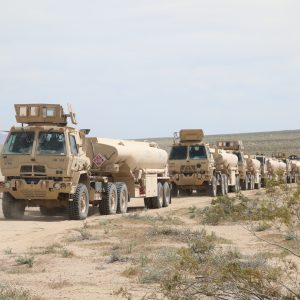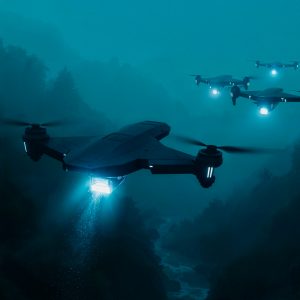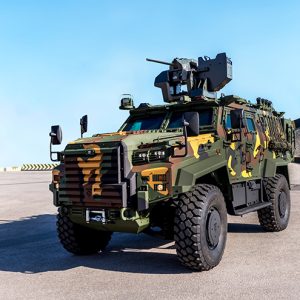Altay T1 Delivery Begins
Altay T1 delivery moves from planning to action. BMC told the international defence press that first tanks will transfer to the Turkish Land Forces soon. The first batch sets the tone for series production and a later shift to the domestic BATU power group. In short, Altay T1 delivery starts the transition from stopgap solutions to full propulsion sovereignty.
- Initial tranche: Altay T1 with South Korean DV27K engine and EST15K transmission.
- Roadmap: Switch to Altay T2 with BMC Power’s BATU 1,500 hp engine after the T1 batch.
- Protection: ASELSAN AKKOR active protection and Roketsan modular armor.
- Lethality: 120 mm L/55 smoothbore main gun, advanced FCS, and networked combat features.
Why the T1 configuration matters
Türkiye fields Altay in two steps on purpose. First comes Altay T1 with a proven Korean powerpack. This choice cuts risk and keeps the schedule on track. Then the line pivots to a local power group once BATU finishes qualification.
Past export limits on MTU and RENK slowed the program. Consequently, Türkiye partnered with Korean suppliers to restore pace. The HD Hyundai Infracore DV27K diesel and SNT Dynamics EST15K transmission bring a tested drivetrain to the line. As a result, crews receive a capable tank now while engineers finish the domestic alternative.
Protection: AKKOR plus modular armor
Altay prioritizes survivability. AKKOR detects, tracks, and intercepts incoming threats around the vehicle. The suite links to the battle management system, so crews get fast cues and clear prompts. Meanwhile, Roketsan modular armor adds tunable protection against ATGMs and kinetic rounds. Together, these layers harden the tank against modern top-attack and swarm tactics.
Lethality and mobility
The tank mounts a 120 mm L/55 smoothbore. Crews pair the gun with a modern fire-control system and digital architecture. Therefore, Altay engages quickly, shares data, and cooperates with other assets.
Mobility also meets peer standards. The DV27K/EST15K powerpack moves a ~65-ton platform at road speeds in the 65–70 km/h class. In practice, formations can reposition rapidly, exploit gaps, and sustain tempo across mixed terrain.
From T1 to T2: the sovereignty pivot
Altay T1 delivery buys time for BATU. BMC Power continues full-scale testing of the 1,500 hp V12 and its cooling and transmission suite. Once trials conclude, production shifts to Altay T2. That step removes the last major foreign dependency in the propulsion chain. It also gives Türkiye full control over upgrades, export terms, and lifecycle costs.
Industrial cadence and learning
BMC runs serial production at its Ankara site. Teams refine welding, turret integration, harnessing, and QA with each hull. In parallel, suppliers stabilize schedules and quality gates. This factory learning reduces rework and improves availability. By the time T2 starts, the line will have a deep library of fixes, field data, and reliability growth actions.
Operational impact for the Land Forces
New tanks change how brigades fight. Altay T1 adds a modern gun, active protection, and tough armor to combined-arms teams. Urban and mixed terrain benefit the most, because AKKOR denies many common top-attack profiles. Meanwhile, networked systems let commanders share tracks and fire solutions faster. As T2 enters service, units can mix T1 and T2 while logistics converge on the domestic power group.
Risk and mitigation
Two risks stand out. First, BATU must pass the endurance and qualification on time. Second, Korean powerpack deliveries must align with Türkiye’s ramp. Close supplier planning and transparent milestones lower both risks. Furthermore, a clear retrofit path for software and APS libraries keeps T1 current through the transition.
Comparative context
Peer MBTs—such as Abrams and Leopard 2—set the bar for firepower, protection, and mobility. Altay T1 meets that bar with a modern gun, an active protection suite, and credible automotive performance. More importantly, the program adds a sovereignty path. Altay T2 with BATU will anchor domestic control over future blocks, exports, and cost per mile. In effect, Altay T1 delivery secures capability now and opens room to grow later.
What to watch next
Watch three signals. First, look for public qualification results for BATU. Second, track monthly output from the Ankara line to confirm cadence. Third, monitor APS and armor software updates, since threat libraries evolve fast. If these signals stay positive, Altay T1 delivery will hold the schedule and the T2 hand-off will remain smooth.
Conclusion
Altay T1 delivery marks a disciplined start to a two-step plan. The T1 batch fields a capable tank with a reliable powerpack, AKKOR protection, and a modern gun. Then T2 with BATU completes the sovereignty pivot. Step by step, Türkiye strengthens its armored force and its industrial base. The logic is simple: deliver now, indigenize next, and maintain overmatch.
References
- DefenseNews — Turkey picks South Korean transmission for Altay
- Janes — Türkiye begins mass-production deliveries of Altay MBT
- BMC Power — BATU 1,500 hp power group
- European Security & Defence — The Long Road to Altay
- Janes — DV27K engine capability and production
- Defence Turkey — EST15K order and program background
- Defence-Industry.eu — Altay T1 deliveries with South Korean engines
- ASELSAN — AKKOR Active Protection System
- Roketsan — Ballistic/armor protection solutions
- Defence Agenda — Armored ground vehicle exports








